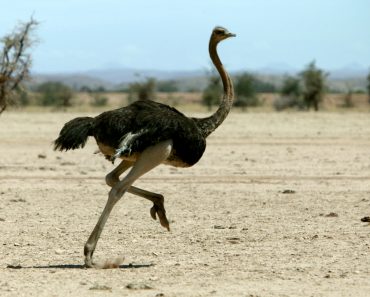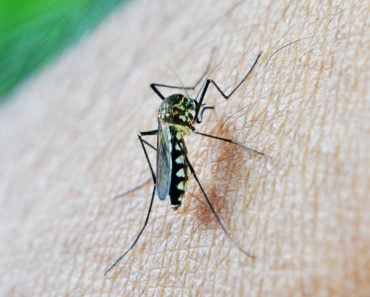Table of Contents (click to expand)
The Dodo bird went extinct due many factors. Since there was no natural predator of the Dodo on the island of Mauritius, the bird was an easy prey for humans that arrived on the island. Further, humans introduced invasive species that outcompeted the dodo for food. Human settlements also lead to the Dodo losing its habitat.
You have almost certainly heard about the dodo bird in your biology class—a fat, gormless bird that died at the hands of callous sailors. Since these innocuous birds went extinct a few centuries ago, we now only have their historical descriptions, illustrations, and a few skeleton specimens preserved in museums. In this article, we will learn what dodos were, what they looked like, where they lived, and why they went extinct!
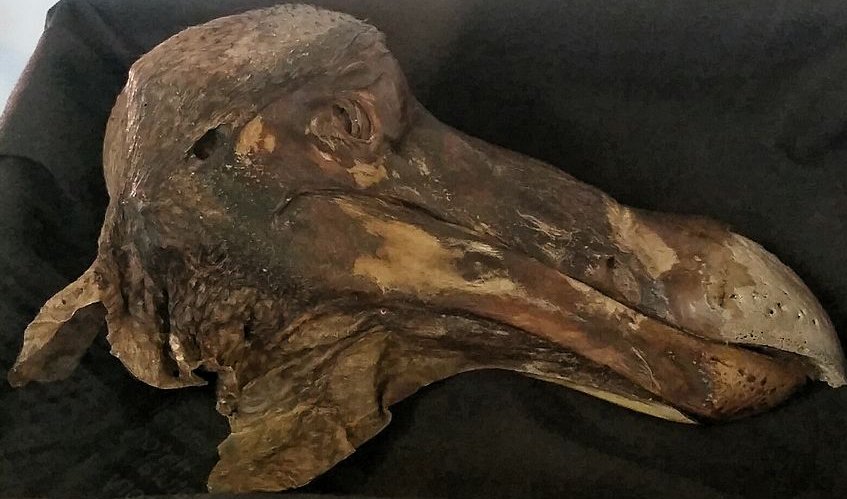
Recommended Video for you:
Dodos (Raphus cucullatus)
The dodo (scientific name: Raphus Cucullatus) was a flightless bird that lived on the serene island of Mauritius. The origin of the name “dodo” is debatable. Some believe it came from the Dutch “dodaars”, which means stumpy tail, while others claim that it is derived from the Portuguese “doido”, which means “like a fool”.
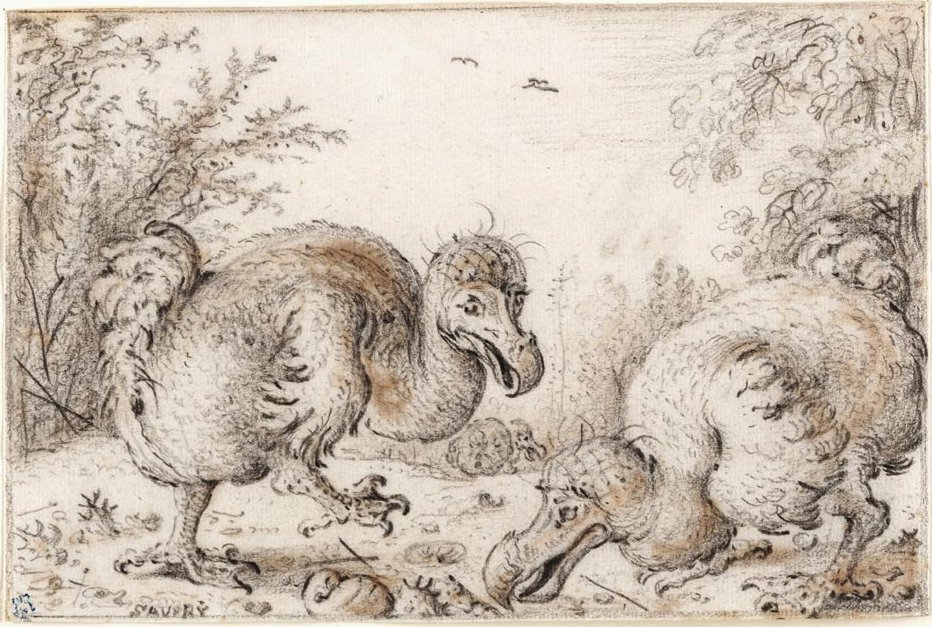
What Did Dodos Eat?
Dodos were endemic and exclusive to the island of Mauritius. Based on the habitat and ecosystem of the island, their bodies were adapted perfectly to survive there. Their diet was linked to the tambalcoque tree, which in the local lexicon is called the dodo tree. Biologists believe that dodos fed on the tambalacoque tree, as well as on nuts, fruits, roots and small insects.

Fortunately, dodos had no natural predators. Some biologists opine that they lost the ability to fly due to the absence of such predators. Adapting to life without flight led to a series of anatomical changes—their wings became smaller and their tail became stumpy. Moreover, dodos laid their eggs directly on the ground, which later posed a threat to the unborn when humans and their pet animals arrived on this island.
What Did The Dodo Looked Like?
Evolutionary biologists claim pigeons and doves to be the closest relatives of dodos, but the size and weight of dodos is unlike these other species. Dodos were 3 feet tall and weighed 15 to 20 kgs. Many historical illustrations of dodos depicted them as having brownish-grey feathers, but there is no consensus amongst scientists on the actual color of the feathers. Dodos also had a long beak—around 8 inches in length—with a hook-shaped tip that fit their eating patterns. Some experts even believe that their beaks were strong enough to break open coconuts.

While dodos are often described as fat and lazy, with an immense appetite, it’s possible that this depiction was distorted by the explorers’ unfair perspective. Historically, dodos were not used to the presence of humans, which is probably why they acted docile and gormless when they encountered humans on a quest to explore new places. Some experts also hypothesize that the sailors and explorers captured the poor creatures and overfed them, making them fatter and slower than they originally were. If this is true, then the typical image of the dodo we have is probably incorrect.
How Were Dodo Birds Discovered?
Many historical texts suggest that Arab explorers visited the island of Mauritius before the 16th century, but they didn’t take note of the dodo. The first documented account of the dodo was made by the sailors of the Dutch East India Company in 1601. The first illustration of a dodo bird appeared a few years later.
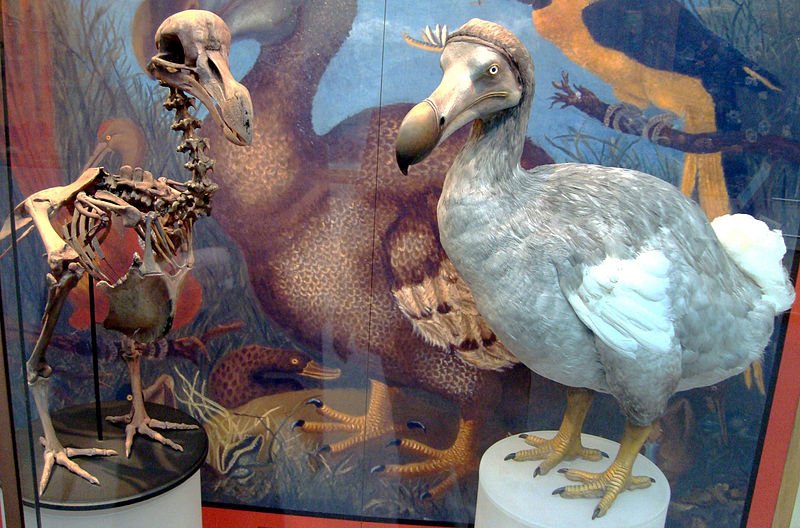
How And When Did The Dodo Go Extinct?
Debated hotly by biologists, the dodo went extinct at the end of the seventeenth century for three possible reasons, or some combination of them.
Arrival Of Humans
First, before the arrival of humans on Mauritius—an island where the dodos had lived and evolved for centuries—the species had no natural predators. Due to their inability to adapt to the imminent threats and tactfully escape, they became an easy target for explorers on excursions to the island. Unabated hunting by sailors and explorers were the main reason why the dodos went extinct.
Arrival Of Invasive Species
Second—the western explorers and sailors didn’t come to the island of Mauritius alone. They also brought foreign animals like rats, cats, dogs, pigs etc. In the new habitat of Mauritius, these animals became invasive for the poor dodos, who had zero experience dealing with them. As mentioned earlier, dodos laid their eggs directly on the ground, so many of these foreign animals raided the dodos’ nests and fed on their young and unborn. Humans and foreign animals made this endemic creature a hostage in its own habitat.
Shrinking Of Natural Habitat
Finally, as the explorers explored deeper into the island, the natural resources were exploited and harvested, which harmed not only the dodos, but other endemic species and plants—ultimately paving the way for the extinction of this eccentric bird. Human invasion, loss of habitat, and the threat from foreign animals are the three main reasons why dodos went extinct.
Could We Have Prevented The Dodo’s Extinction?
As we already covered, there were multiple reasons behind the extinction of the dodo bird. The arrival of human invaders was the death knell for this species, but could we have averted their untimely extinction in any way?
Well, had dodos lived in other places beyond the island of Mauritius, or had they been more accustomed to natural predators, they might have found a way to fend off the predators and eke out survival.
Also, if humans were more compassionate towards preserving this eccentric bird, rather than just feeding on them, they could have introduced them to other parts of the world where they could adapt and survive. If any of that had occurred, perhaps this fascinating species would not just be confined to the history books!



